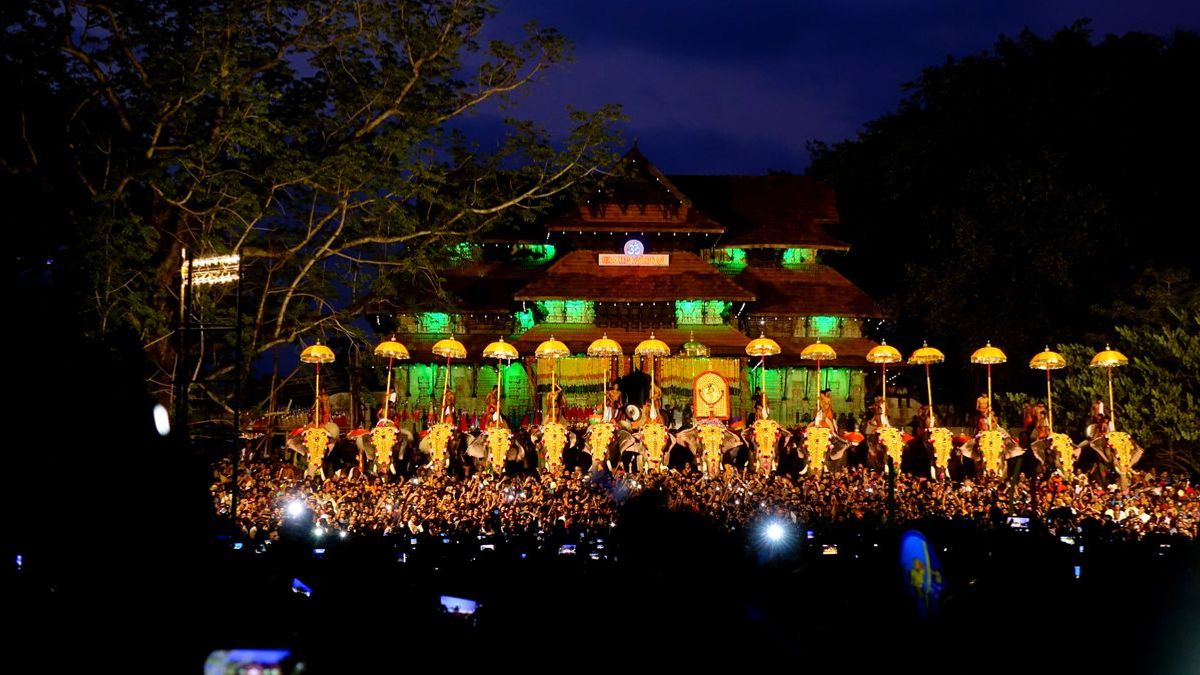
BIMSTEC leaders at Modi's swearing-in may boost trade in South Asia region
Bengaluru, 30 May: The gathering of the officials and representatives from BIMSTEC countries at Prime Minister Narendra Modi's swearing in ceremony could give huge benefit to India in the near future. Because of these countries the renewable energy trade capacity of India could go up by many folds. According to the latest paper by CarbonCopy annual electricity trade potential between South Asian and Southeast Asian countries could be between 65000MW to 95000MW by 2045.

The paper references estimates made by IRADe and World bank. According to Integrated Research and Action for Development (IRADe), electricity trade between south Asian countries could reach 60,000MW by 2045 if south Asian economies continue to grow at 6.5 percent. Another World bank study puts the figure to be over 95,000MW.
The report states Cross Border Electricity Trade (CBET) could be the vehicle through which India supplies 100% renewable energy to its neighbours. India has a target of installing 175 GW of wind and solar energy by 2022. If achieved, that would be close to 50% of India's current total installed power capacity. And with more than 40GW worth of existing coal fired power plant under financial stress in India, the current fiscal year (FY19) has seen India's renewable energy ambition increase even further to 275GW by 2027.
According to Global Energy Monitor (GEM), in 2018 India permitted less than 3GW of coal fired power plant for construction, compared to an annual average of 31GW from 2008 to 2012 and 13GW from 2013 to 2017. For the second year in a row, India added more solar and wind power capacity in 2018 than thermal power capacity.

India's cross border electricity trade between south Asian and southeast Asian countries could be a green alternative to China's coal heavy Belt and Road Initiative.
While there are other initiatives aimed at increasing connectivity and building energy infrastructure within the south Asian region, namely, China's Belt and Road Initiative (BRI), these initiatives are not committed to 100% renewable energy and therefore not clearly aligned to Paris agreement or United nations sustainable development goals.
UN Chief, Antonio Guterres reportedly said he wants countries to build no new coal power plants after 2020. While Chinese leadership states that its intention is to be green, its investments speak otherwise. More than $20bn worth of coal projects have been lined up as part of BRI.
According to E3G opinion poll conducted across six BRI recipient countries, it was clear that majority of these countries prefer renewable energy over coal projects. Pakistan's Prime Minister Imran Khan, for example, cancelled 1,320 MW Rahim Yar Khan power project as part of the BRI and is expected to announce its renewable energy policy soon. While China peddles coal power plant as part of its regional development initiative, India could be helping its neighbours develop sustainably using solar and wind.
South
Asian
countries
have
national
electrification
goals
that
need
to
align
with
responsible
climate
action.
Bangladesh,
for
instance,
has
an
RE
target
of
20GW
by
2021.
Maldives
has
a
target
of
60%
solar
power
by
2020
as
part
of
their
carbon
neutral
plan
and
has
signed
an
MoU
with
India.
Sri
Lanka
has
expressed
keen
interest
in
cleaner
and
cheaper
energy
cooperation
with
India.
Given
that
India
has
gone
from
being
a
net
importer
of
electricity
to
a
net
in
2016-17
-
with
solar
as
the
largest
contributor
to
new
power
capacity
addition
-
RE
holds
the
greatest
promise
for
cross-border
electricity
trade
(CBET).


 Click it and Unblock the Notifications
Click it and Unblock the Notifications

































